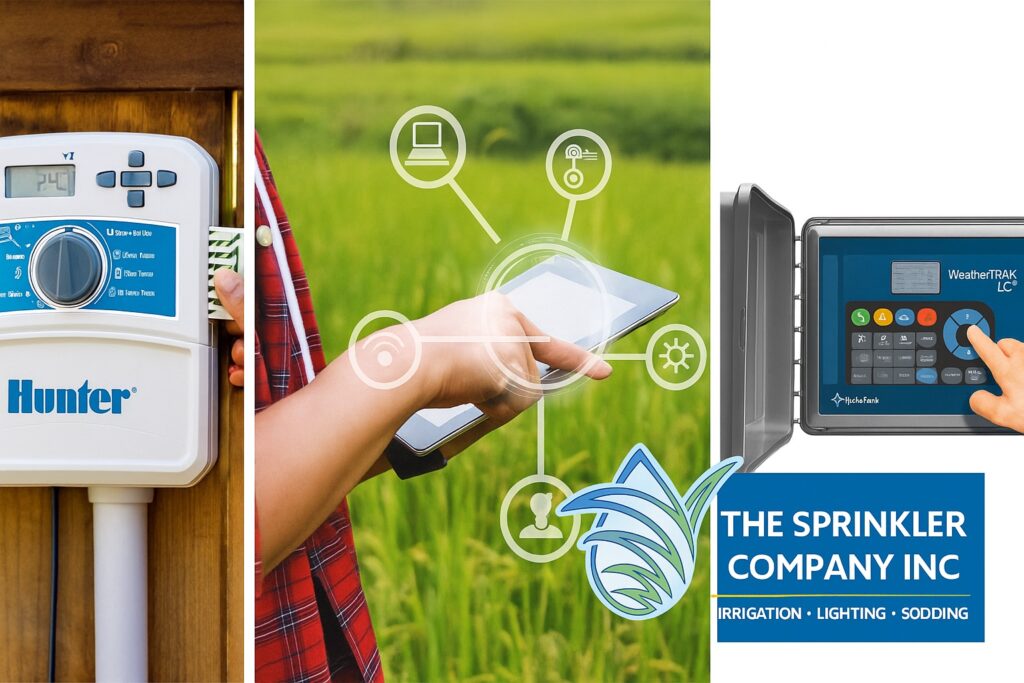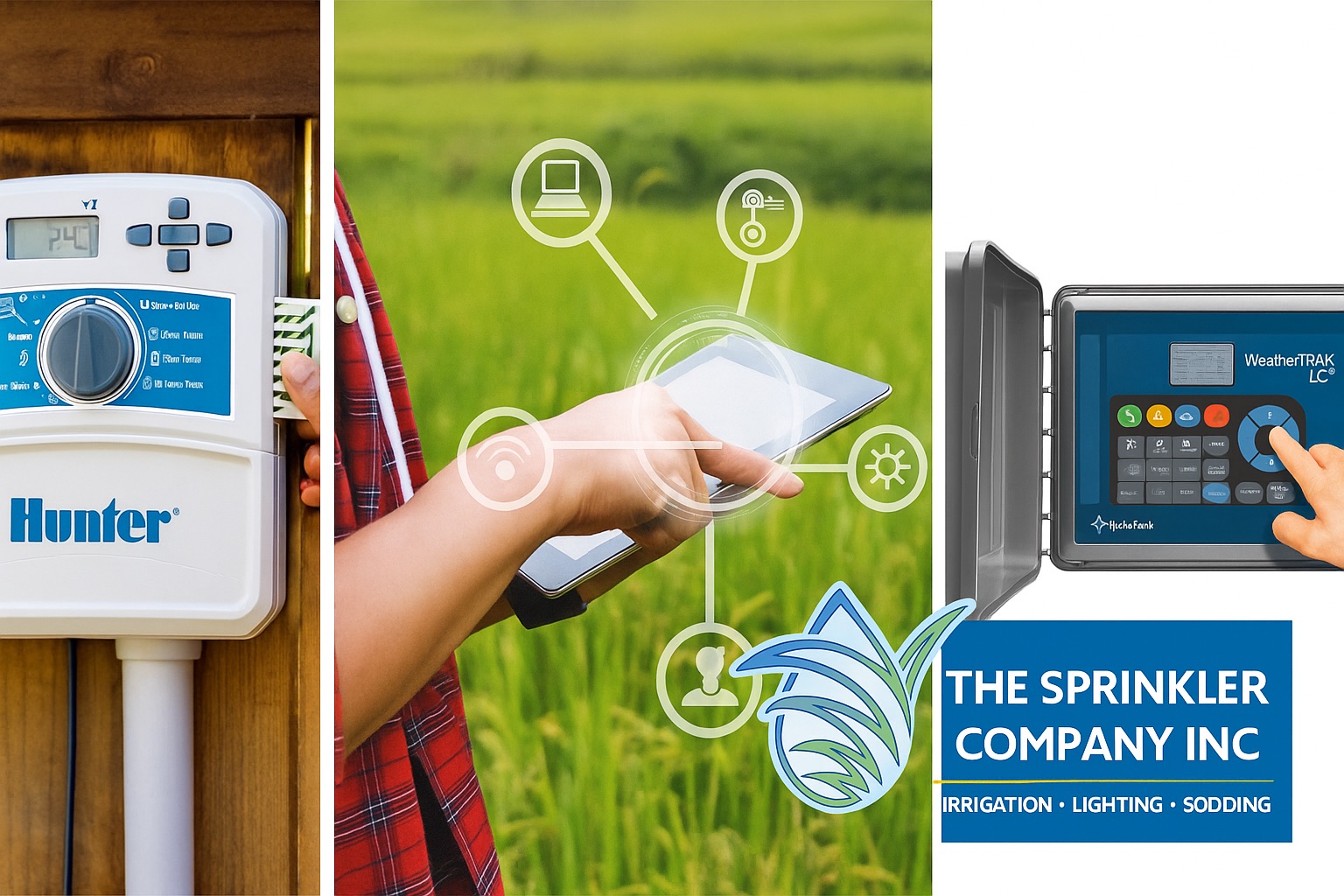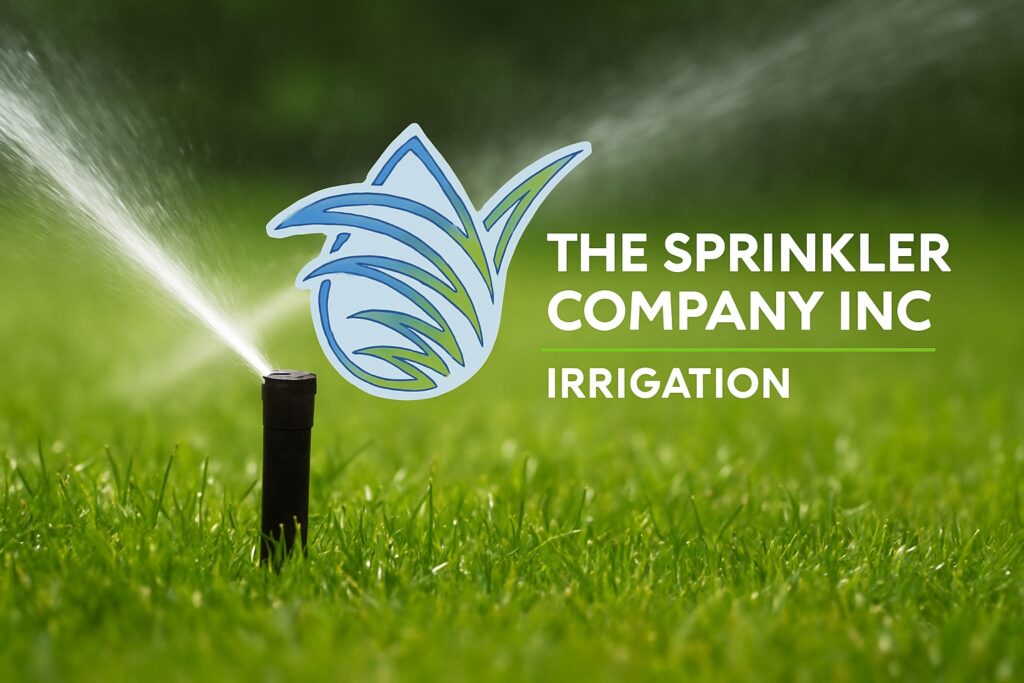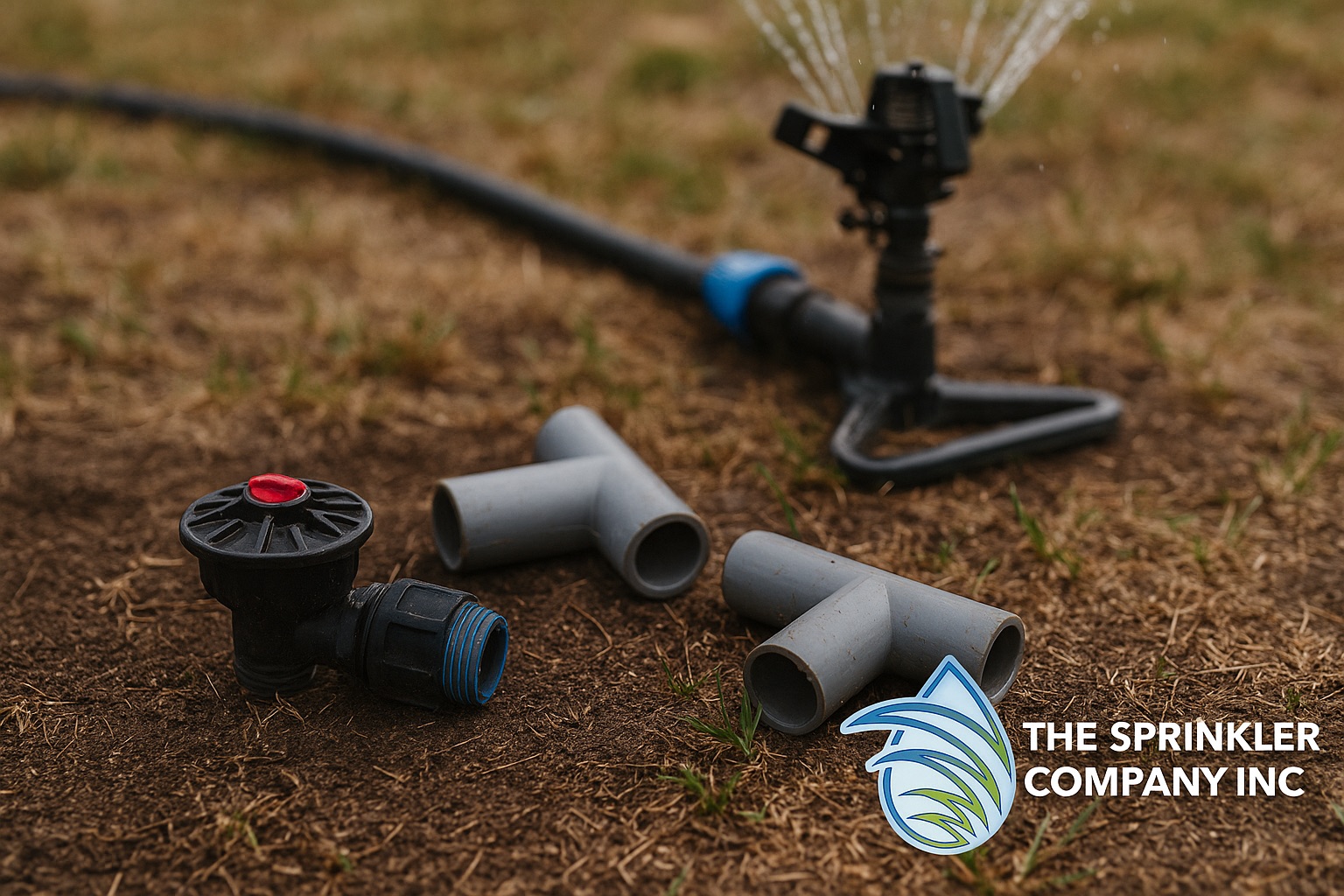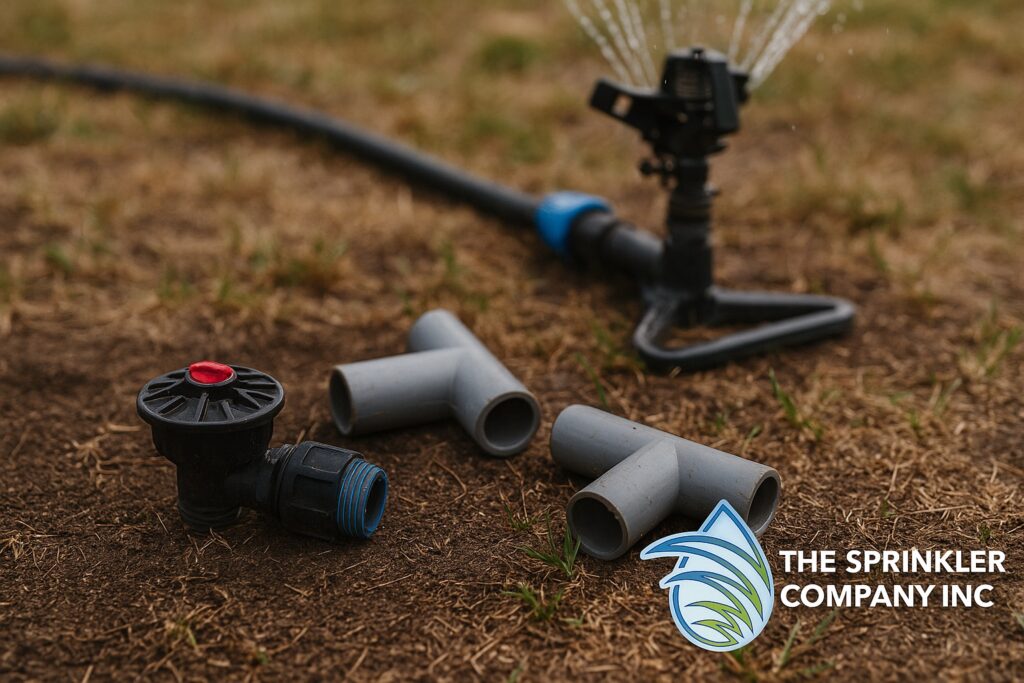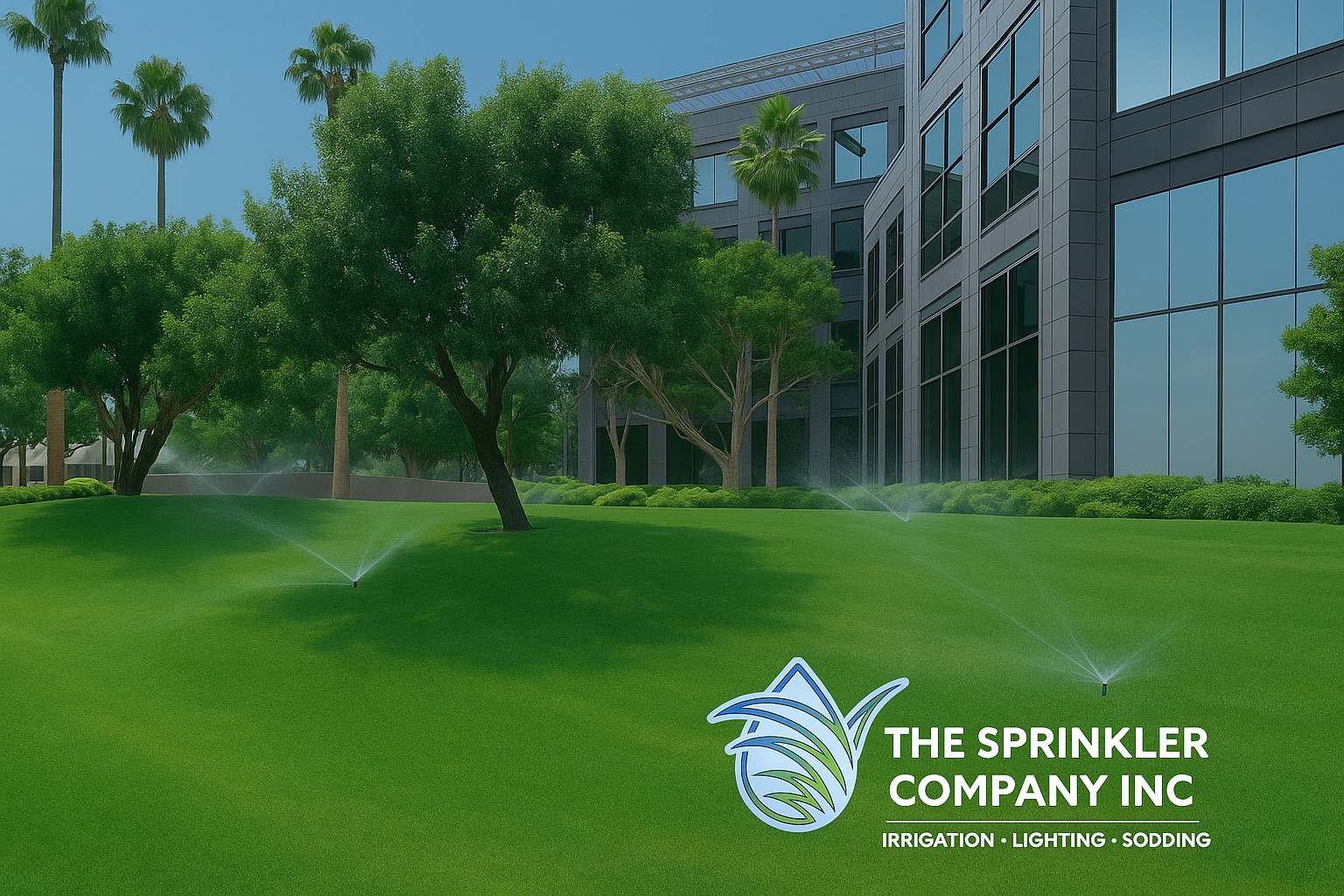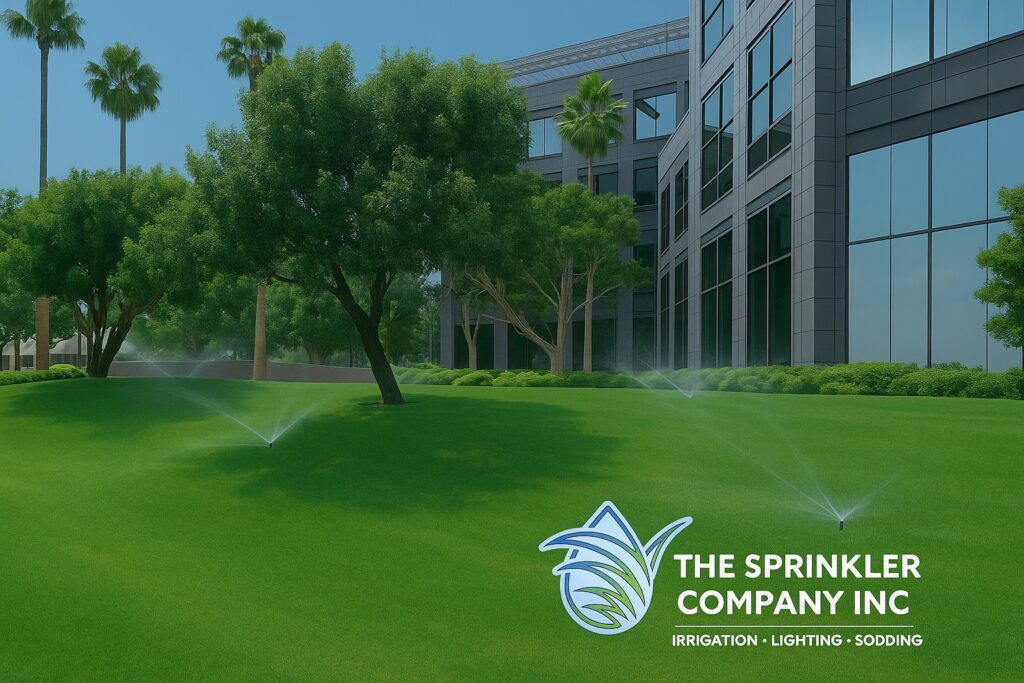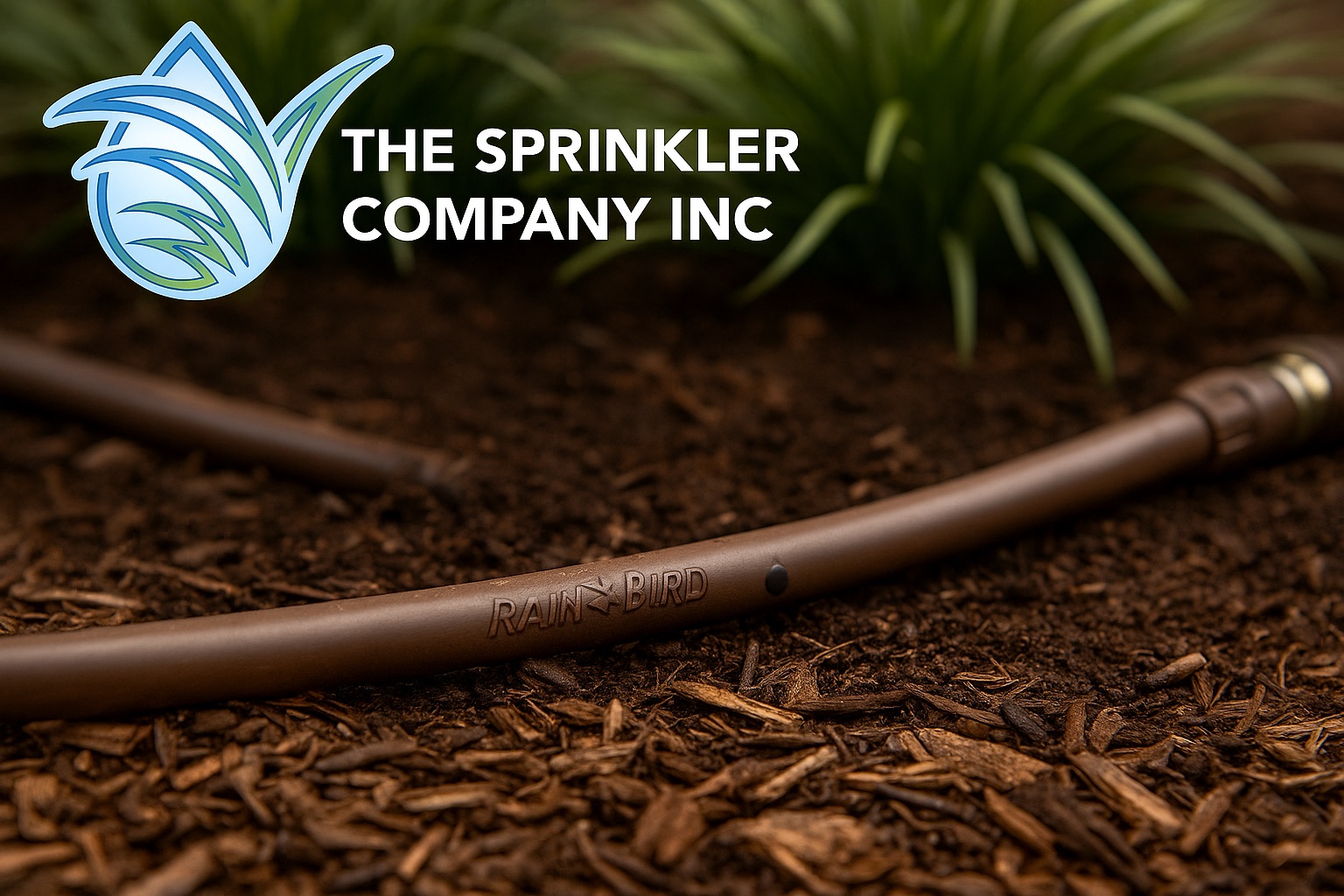Benefits of Smart Irrigation Controllers
Benefits of Smart Irrigation Controllers
Benefits of Smart Irrigation Controllers: Save Water and Keep Your Lawn Green
Smart irrigation controllers are revolutionizing lawn care for Canadian homeowners by providing efficient, automated watering solutions. These systems help conserve water, reduce utility bills, and ensure that lawns and gardens stay vibrant and green all season long. Let's explore the top smart irrigation controller brands—Rain Bird, Rachio, and Hunter—and how they can benefit your landscape.
What Is a Smart Irrigation Controller?
A smart irrigation controller automatically adjusts watering schedules based on real-time weather data, soil moisture levels, and seasonal patterns. Unlike traditional timers, smart controllers connect to Wi-Fi and adapt to changing conditions, preventing overwatering or underwatering. Homeowners can monitor and control systems remotely via mobile apps, making irrigation smarter, easier, and more environmentally friendly.
How Does a Smart Controller Save Water?
By using predictive weather algorithms, smart controllers determine exactly when and how much to water. If rain is expected, they skip irrigation cycles. When the weather is hot and dry, they increase watering accordingly. This dynamic adjustment reduces water waste and lowers your environmental footprint. On average, homeowners save 20%–50% on water usage compared to conventional systems.
Rain Bird ESP-TM2 & ESP-Me Smart Controllers
Rain Bird offers two leading smart controllers: the ESP-TM2 and ESP-Me. These controllers use Rain Bird’s LNK WiFi Module to enable remote access through a mobile app. With customizable schedules and built-in seasonal adjustment, Rain Bird systems are ideal for medium to large residential properties. They support up to 22 zones and offer robust compatibility with sensors and add-ons.
- Pros: Reliable, professional-grade, rain delay features
- Best for: Homeowners who prefer a trusted brand with strong contractor support
Rachio Smart Irrigation Controllers (Rachio 3)
Rachio is a leader in user-friendly smart irrigation with sleek design and intuitive app features. The Rachio 3 supports up to 16 zones and connects to weather data from thousands of stations. It offers deep integration with smart home platforms like Alexa and Google Home. Rachio's interface is perfect for tech-savvy homeowners who want control, automation, and water savings without complexity.
- Pros: Easy setup, app-driven, detailed zone customization
- Best for: DIY enthusiasts and modern smart home owners
Hunter Pro-HC and HPC Controllers
Hunter’s Pro-HC and HPC smart controllers are built for reliability and advanced functionality. Featuring Hydrawise cloud software, these controllers offer predictive watering, flow monitoring, and email alerts for leaks. The Pro-HC is wall-mounted with touch display, while the HPC is modular and upgradeable. These models are great for those who want full system oversight and professional-grade durability.
- Pros: Advanced diagnostics, scalable, strong for commercial or large residential setups
- Best for: Property managers or homeowners with complex irrigation needs
How Much Do Smart Controllers Cost?
Smart irrigation controller prices vary by brand and features. Entry-level models start around $130, while advanced multi-zone units can reach $500. Here’s a general breakdown:
| Model | Zone Capacity | Average Price (CAD) |
|---|---|---|
| Rain Bird ESP-TM2 + LNK Module | 4–12 | $300 – $750 |
| Rachio 3 | 8 or 16 | $350 – $650 |
| Hunter Pro-HC / HPC | 6–36+ | $550 – $1200 |
Conclusion: Which Smart Controller Is Best for You?
Choosing the right smart irrigation controller depends on your property size, irrigation complexity, and tech preferences. Rain Bird is best for reliability and pro installation. Rachio excels in ease of use and integration with smart homes. Hunter offers the most diagnostics and zone scalability. No matter your choice, a smart controller will save water, improve lawn health, and give you peace of mind—all from your smartphone.
Ready to upgrade your system? Contact The Sprinkler Company Inc. for expert installation and setup across the GTA.
